Your teeth are not straight or misaligned? Braces are the perfect solution for it. Although it takes time for braces treatment to end, it provides life-time correction. After the treatment you’ll have perfectly aligned teeth, and smile!
Book your consultation
Braces are used to correct misalignment of the teeth and bite. Braces are one of the most widely used methods to straighten teeth and it is by far the most effective.
Brackets can be made of ceramic, plastic or metal. Ceramic and plastic ones are preferred for cosmetic reasons. However, plastic ones are prone to staining.
Invisalign Aligners type of straightening makes use of custom made teeth trays to correct the teeth.
Lingual-type brackets are one of the braces that are hidden on the inner side of the teeth.
Learn MoreBraces can treat multiple problems and many people are good candidates for it. Here, you can find answers for different complaints.
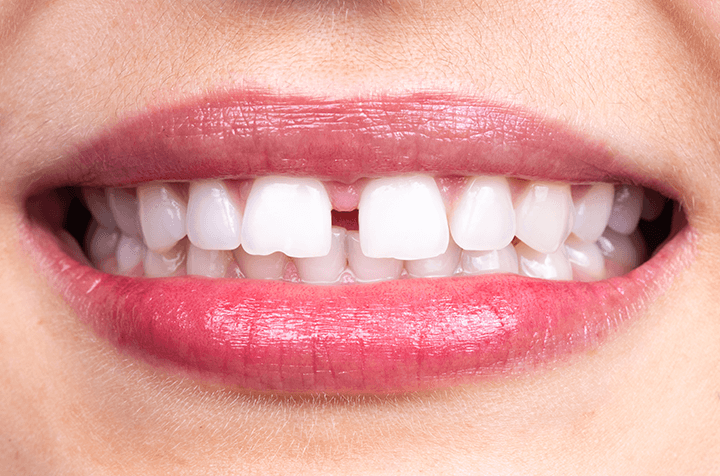
Can be corrected with traditional metal braces or clear aligners.
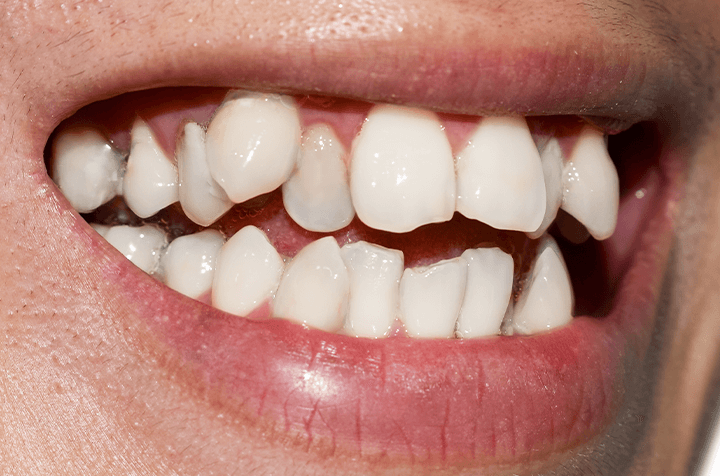
Can be treated with traditional metal braces or clear aligners.
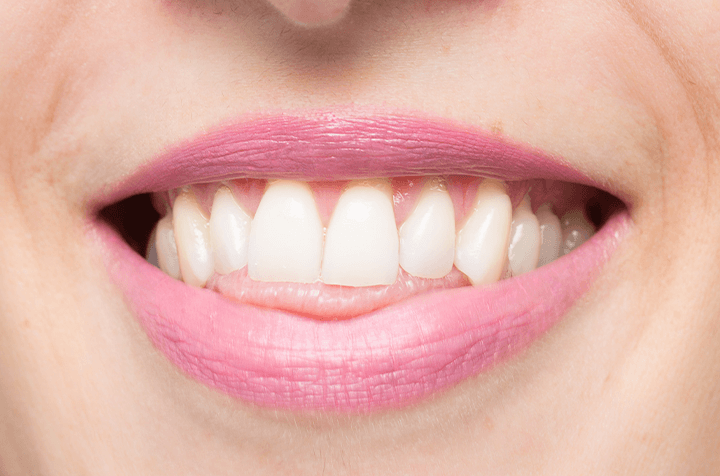
Can be corrected with braces as well as other orthodontic appliance.
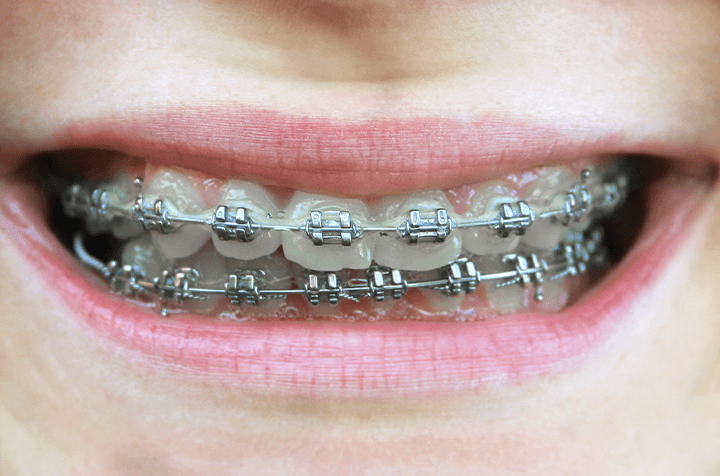
Can be treated with orthodontic appliances such as bite planes.
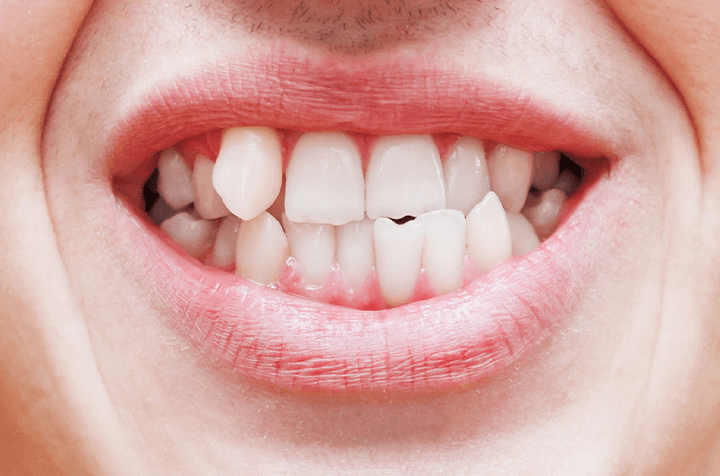
Can be corrected with orthodontic appliances such as expanders.
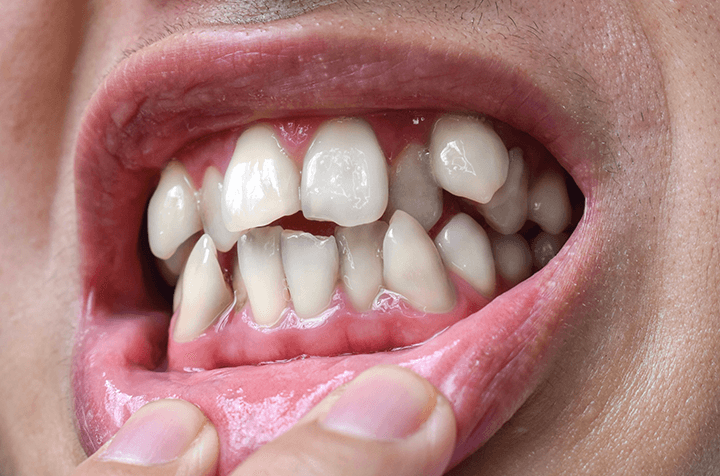
Can be treated with braces or clear aligners, as well as other appliances.
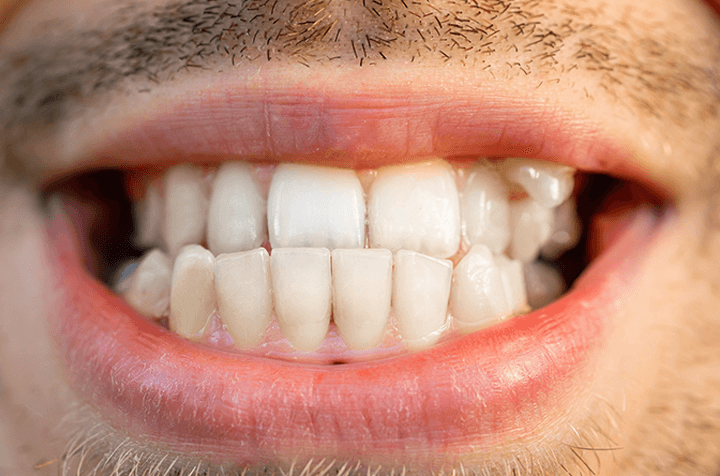
Can be corrected with braces or jaw repositioning devices.
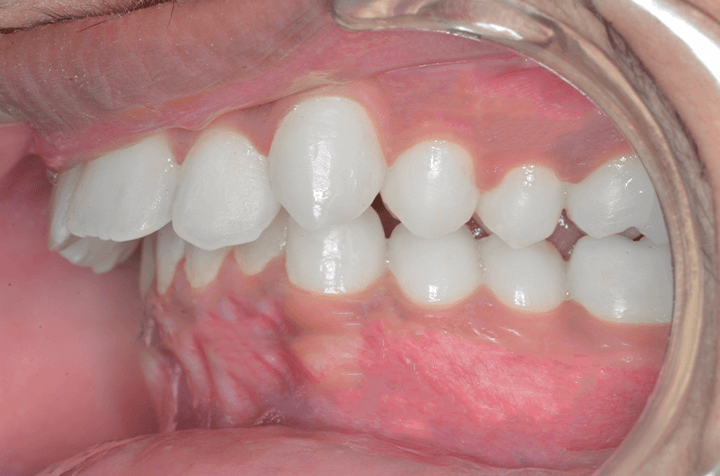
Can be treated with orthodontic appliances such as bite planes.
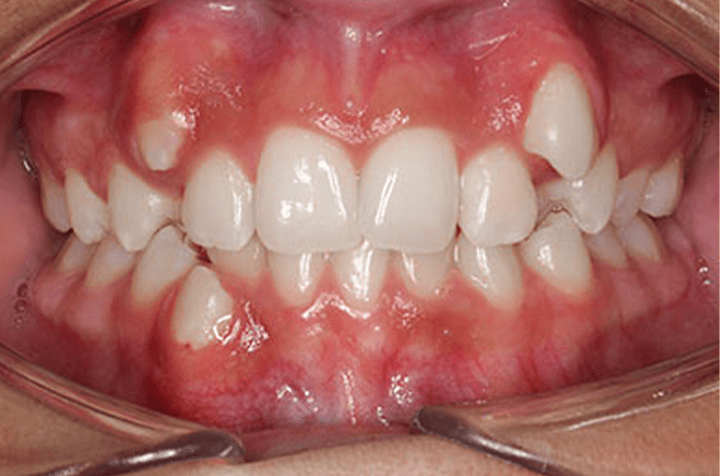
Can be corrected with expanders or functional appliances.
At Clineca, we take everything seriously. We understand how important the results are for you. We care about your health and comfort as much as you do. From beginning to end, we inform you, guide you, serve you, and help you.

Surgeries are performed in prestigious fully equipped hospitals in which doctors from all specialties are present.

You will have an online consultation with your surgeon via video chat. After an online examination, and will help you to choose what's the best.

We cooperate with the surgeons who perform a limited number of surgeries each week to ensure the best results.

You can contact our agents 7 days and 24 hours for your questions and concerns, or only support. We'll be fully available for your service.

We provide you with special discounts in luxurious hotels in the vicinity of the hospital. Your comfort is very important to us.

We provide airport transfer and transportation between your hotel and the hospital before/after the surgery via VIP vehicles.

As Clineca, we provide you with patient accompaniment, who will visit you every day in your hotel room during the resting period.
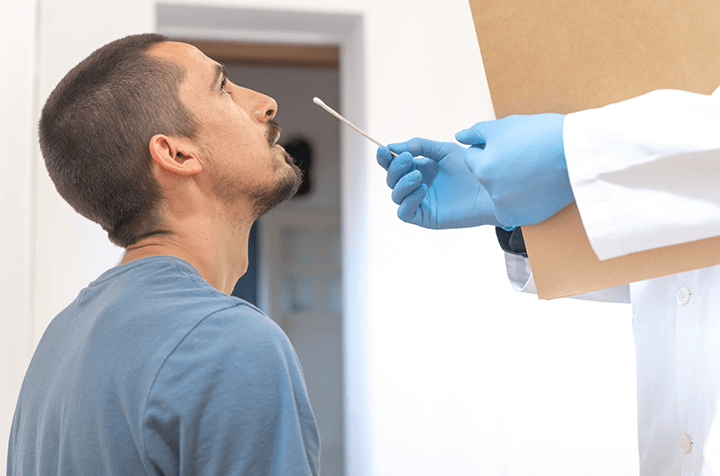
The price includes fees of the surgeon, operating room, hospitalization, tests, medications and medical visits by a nurse.

The price includes hotel layover (including breakfast), and transportation between the airport, the hotel and the hospital.
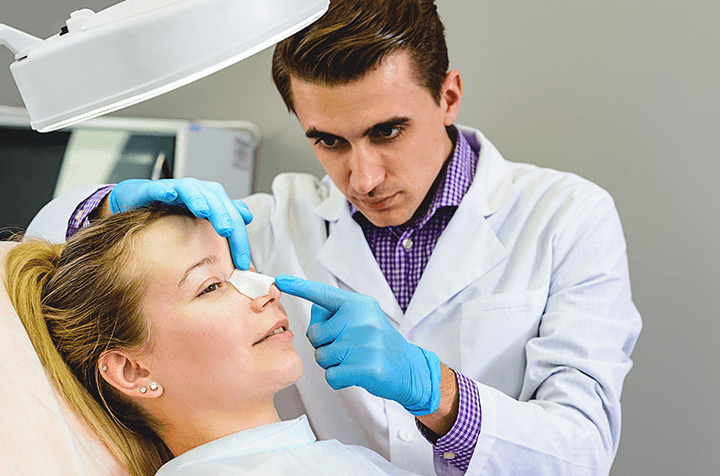
Interpreter service, BBL pillow, neck pillow (rhinoplasty), eye mask, voltage converter and many others that will enhance your satisfaction.

Turkey is a leading player in medical tourism, and Istanbul, which is an extremely beautiful touristic city, is the plastic surgery capital of Turkey.
Clineca has a holistic approach. We believe that everything should be right for a satisfactory cosmetic surgery experience, including your days in Istanbul. We plan every detail of your journey.
After you fill the form, one of our agents will contact you. They will inform you about the whole experience, in detail. If requested, they will arrange an online consultation for you.
You'll have an online consultation with your surgeon via video chat. They will perform an online examination and help you to choose what the best approach to your case is.
We'll plan your whole journey including your surgery date and accommodation. We'll inform you about every need; from preparing your suitcase to advice before the procedure.
Our VIP transportation vehicle will be ready at the airport for you. We’ll drive you to the hospital and they'll get a blood and the C19 test. Then, we'll take you to your hotel.
We’ll take you from your hotel to the hospital. After your examination, the same day you’ll have the surgery. You will stay at the hospital 1-2 day(s), depending on the procedure.
After your stay at the hospital, we'll drive you to your hotel. A wellbeing assistant will visit you every day to inform you, to examine, and to provide medical care during the week.
We'll gladly and proudly show you around our beautiful city. We’ll be very happy to provide you with professional guidance in historical sightseeing, shopping and entertainment.
We’ll take you to 1-week follow-up. After your examination and removal of bandages if required, we’ll inform you about the recovery period. Then, we'll drive you to the airport.
During your recovery, we'll inform you, check on you, and answer your questions 24 hours and 7 days. We'll expect you to send photos periodically to follow your recovery period.
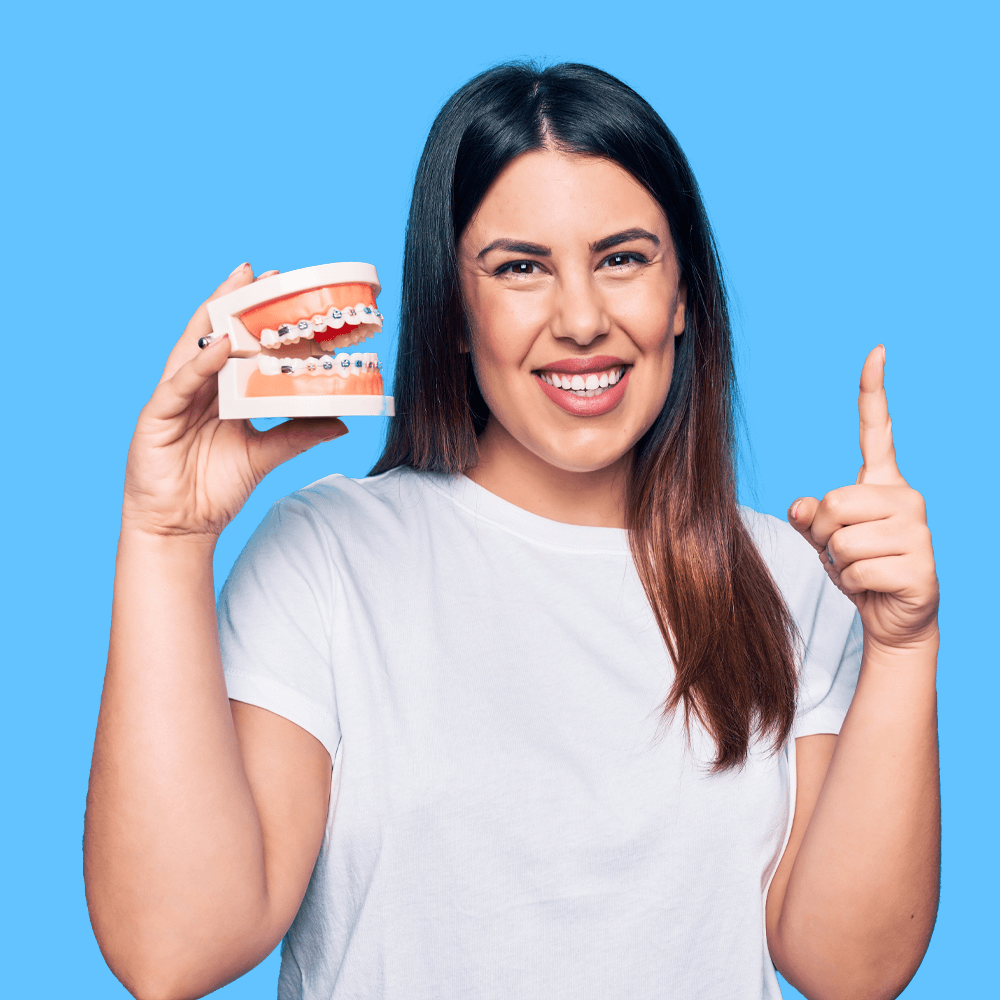
If you want to conceal chips in your teeth, or camouflage discolorations; or if you want the gaps between your teeth to be gone or change the shape of your teeth, you can have a braces procedure to do all of that.
Learn MoreThe outcomes of braces can be analyzed in three main categories: aesthetical, health-related, and psychological.
Misaligned teeth often look unpleasant and less aesthetically pleasing. After your braces treatment you will have perfectly aligned teeth which will give you more confidence in your daily life and you’ll smile more often!
Each malocclusion type comes with a variety of complications, uneven bite and proneness to teeth decay are most common health problems that comes with malocclusion of the teeth. After braces the malocclusion will be corrected and it will give you a normal bite, and these complications can be prevented.
Malocclusion can cause loss of self-esteem and can affect your daily life. You may smile less often, afraid to show your teeth. After getting the perfect smile with your perfectly aligned teeth, you will feel more confident and smile more!

The way braces treatment applying is constant pressure to move the teeth over a period of time.
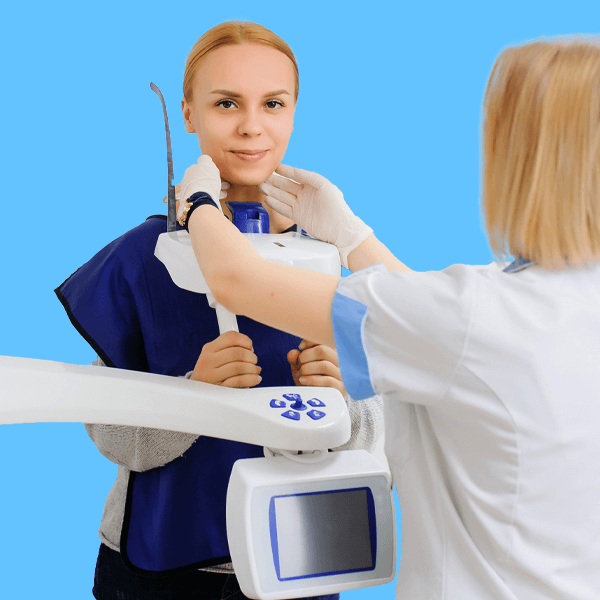
On your first visit to the orthodontist’s office, they will conduct a clinical exam, ask questions about your health, take pictures and X-ray your mouth as well as take impressions of your teeth. Then, they will develop a treatment plan according to the information they’ve gathered. The duration of the treatment is determined by the severity of the malocclusion, available space in the mouth, the distance the teeth will move, health level of the gums and bone and how closely you follow the instructions. On average, a braces treatment lasts between one to three years.
During the treatment, you will have frequent visits to the dentist’s office, typically once a month, during which your dentist will examine the progress of your teeth and the pressure the braces are putting on your teeth. They may make adjustments to create more tension and pressure if they find it necessary. They may add rubber bands and/or adjust the wire. In extreme cases where the pressure needed can not be provided by just the brackets alone, a headgear can be applied to be worn at home. In some cases, an orthodontic surgery might be needed.
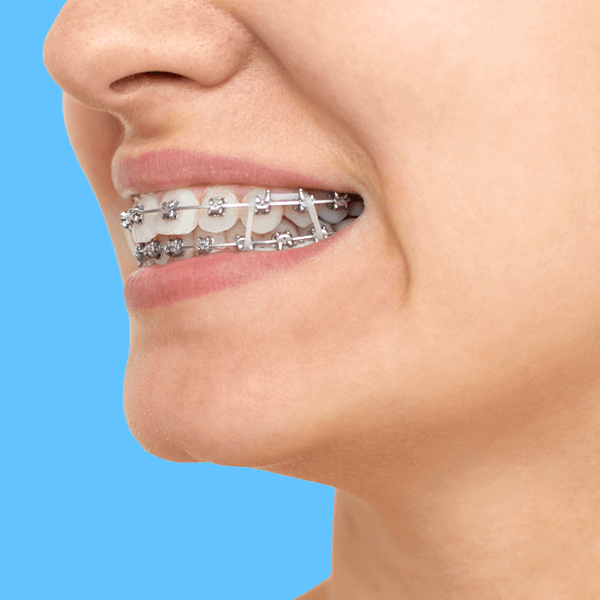
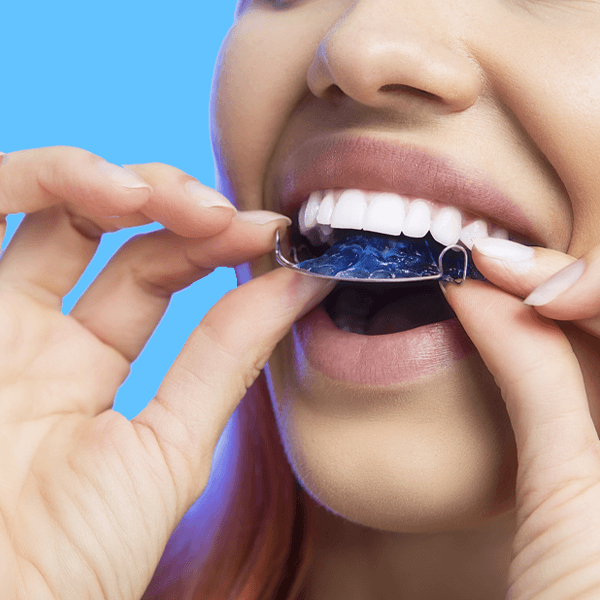
After the desired result is achieved, that is the teeth are straightened, your braces will be taken off and your teeth will be thoroughly cleaned. Your dentist may take another set of X-rays and impressions to check the improvement. After the braces, your dentist will recommend you to wear retainers for a while to prevent the teeth from shifting back. The retainers are crucial in post-braces care, because as straight as your teeth become with the braces, your gums and bone structure fall behind catching up to them. If you don’t wear retainers, there is a good possibility that your teeth will shift and leave you with not so straight teeth. To prevent that, retainers will be given to you by your orthodontist, and you should wear them full time for the first six months and then while sleeping after six months. However, it is depending on the case.
Every medical treatment comes with a set of risks and complications. Braces treatment can have these possible complications:
During the first week of the braces recovery process, you can expect to experience some discomfort as your mouth adjusts to the presence of the braces. Your teeth and gums may be sore for the first few days after getting braces. This is normal and should go away on its own within a few days. You may find it difficult to eat at first because of the soreness and the presence of the braces. Stick to soft foods and cut your food into small pieces to make it easier to chew. You may also find it difficult to speak at first because of the braces. This should improve over time as you get used to the braces. It's normal for your teeth to feel loose after getting braces. This is because the braces are pulling your teeth into their proper positions. The teeth will eventually tighten back up as the treatment progresses. It's important to maintain good oral hygiene while wearing braces. Brush your teeth after every meal and use interdental brushes or a water flosser to clean between your teeth and around the brackets.
After the earlier recovery process, you can expect to see progress in the alignment of your teeth. As your mouth adjusts to the braces, you should experience less soreness and discomfort. As your teeth become more aligned, you should find it easier to eat and speak. As the braces work to move your teeth into their proper positions, you may feel your teeth getting tighter. This is a normal part of the treatment process. As your teeth become more aligned, you may notice changes in your bite. Your orthodontist will monitor these changes and make any necessary adjustments to your braces. When the teeth become more aligned, as appearance, your teeth may look more straight and your smile may look different.
After meeting with your dentist at their office during your consultation you express your expectations and the dentist checks the condition of your teeth. They will inform you about their professional opinion while taking your expectations and the condition of your teeth into consideration. Then, photos of your teeth will be taken for a 3D simulation. The size, model and color can be decided by you, and you can even choose the color from the tooth color chart. After deciding, on the first operation day teeth will be scraped and if there is a need for an extraction it will also take place on the first day. Temporary veneers will be put on and your dentist will prescribe you with painkillers and antibiotics. You will stay at the hotel for about 4-5 days. During your stay you will be visited by a wellbeing specialist, and if you’re having any problems your dentist will be contacted. After these 4-5 days, your permanent veneer will be applied and it will be all done.
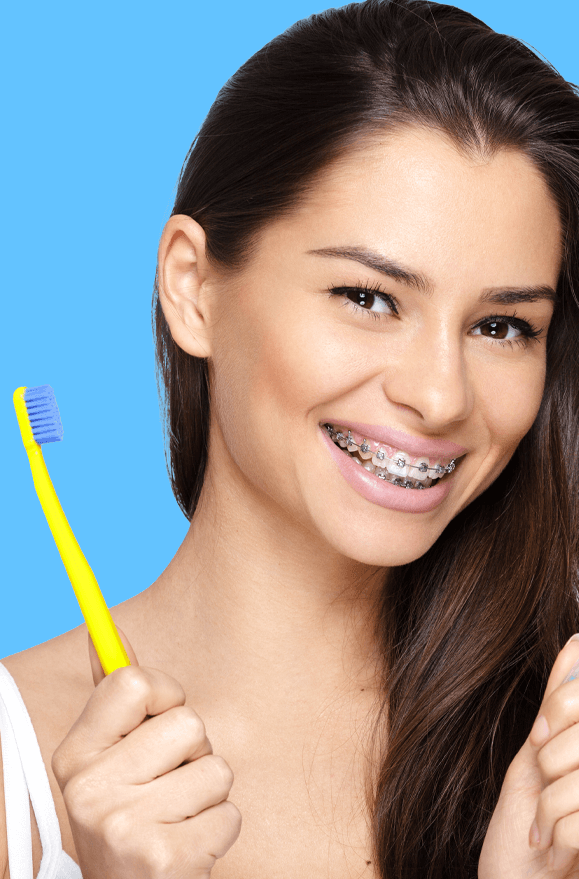

We know you have many questions. Having realistic expectations and deciding to have a dental operation requires information. Here you can find answers to frequently asked questions about braces.
Braces can treat multiple problems and many people are good candidates for it. Here, you can find answers for different complaints.
https://www.artorthodontics.com/2019/12/orthodontic-brackets-braces-how-do-they-work/
https://oralb.com/en-us/oral-health/life-stages/braces/how-to-take-care-of-braces/
https://www.sproutpediatricdentistry.com/blog/orthodontics/braces-care-tips/
https://my.clevelandclinic.org/health/drugs/10899-braces--retainers